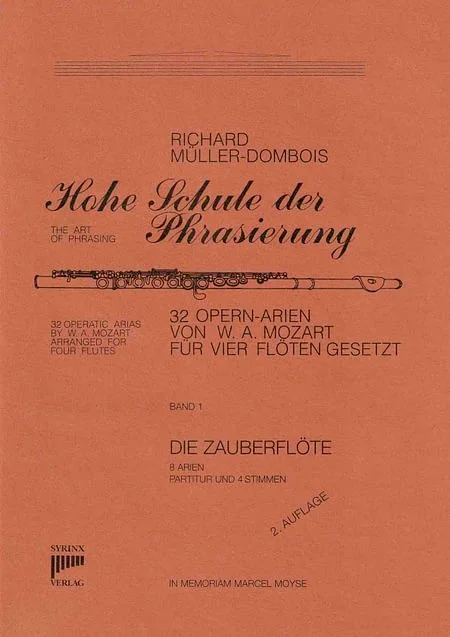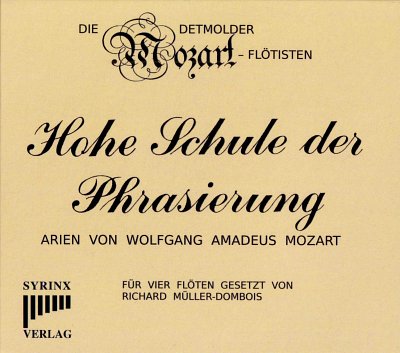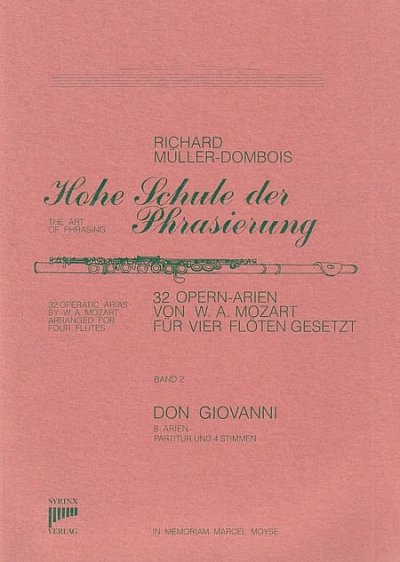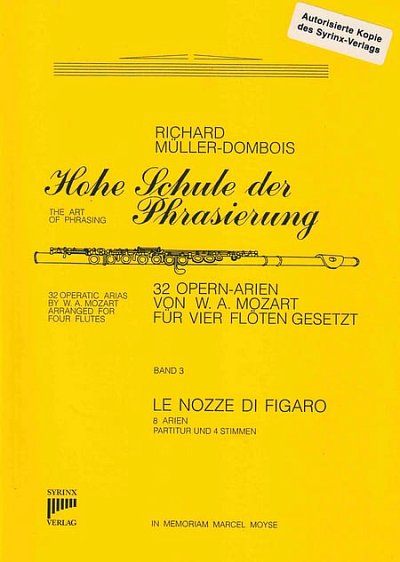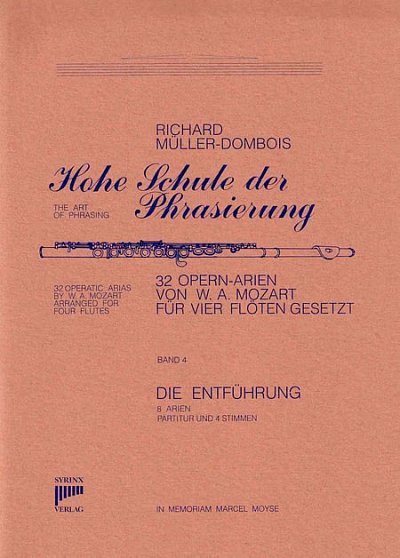The right way to phrase, that means, the clear interpretation of all the elements of the musical whole, is more than just breathing in the correct place. It includes in particular the fact, that within a moulded, living phrase, as good as no note is the same as the other regarding volume and intensity – a form however that requires a grasp of the organic “to and fro” of the appropriate phrase.
This situation is not necessarily new for the experienced musician. He grasps instinctively the musical context in order to bring to life the music in such a way that his listener understands the underlying order. But where can the budding instrumentalist learn this “art” of phrasing, this art which means nothing more than that somewhat unclear notion of “musicality”? The best way of course is from the singer and his literature.
Vocal music has it’s special nature in that the musical phrases have to follow the meaning of the text if it is to understood at all, whereby the three parameters melody, harmony and rhythm serve to clarify the context. This is the case in particular with opera, which generally has a clear and direct language. In retrospect the musician can bring to fruition his new found and multifarious experience into his own literature.
No less a man than the great flute player and gifted teacher Marcel Moyse recognized this unequivocally, and in his book “The Flute and it’s Problems” (Muramatsu, Tokyo 1973) – which is the sum of his rich musical experience, he doesn’t tire of emphasizing that the essence of his career as a musician was learnt from the great singers of the opera. His famous edition “Tone Development through Interpretation” (Mc Ginnis & Marx, New York 1962, 1986) was also prompted by his passion for taking pieces from the operatic literature as examples for the wind instrumentalist.
With Moyse’s book in mind, it is planned here to continue this ideal. In particular, (a) Opera arias have been chosen that are not only musically valuable but are also generally well known, whereby the name Mozart offers the best examples; (b) by arranging them into a fully scored movement, here the 2nd flute contains for the most part the original 1st flute part of the orchestra and can therefore also be practiced; (c) By adding the exact text of the aria, the effect as a whole and the expression of each situation in detail becomes completely clear-, and (d) through careful phrasing of each part with cresc. and decresc. signs whereby not just the dynamics as such are meant but in particular the levels of intensity. In order to train the ear to hear the tone quality and to recognize pitch and intervals, it is suggested that all suitable voice solo parts be transposed into all possible keys.
The editor hopes that a way to the art of phrasing will be shown for all those who consciously seek to interpret the musical character of a piece – a way that since Hugo Riemanns analytical efforts at the turn of the century has as a result of the subsequent times unfortunately been lost.
Finally, this edition continues the endeavours already started by the Syrinx-Edition with such tides as “Unser Muggenbuch”, namely to adapt pieces for flute or flute ensemble from the international musical literature, not only for the enjoyment of the musicians but also for his listeners.
